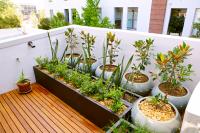1、 How
1. Soil: planting soil can be slightly acidic soil mixed with 8 parts of rotten leaf soil, 2 parts of river sand, or 7 parts of rotten leaf soil, 2 parts of perlite and 1 part of river sand, or special orchid mud can be used for planting.
2. Light: orchids like a half shade growth environment. In daily maintenance, do not put orchids in places with strong light, and try to put them in places that can receive astigmatic light. When the sun is strong, you need to block more than 50% of the light.
3. Moisture: it likes to be wet and needs to keep the basin soil moist, but it cannot be watered too frequently, otherwise it will lead to problems such as ponding in the basin and rotten roots at the root of the plant. The principle of watering is "see dry and see wet, and pour thoroughly".
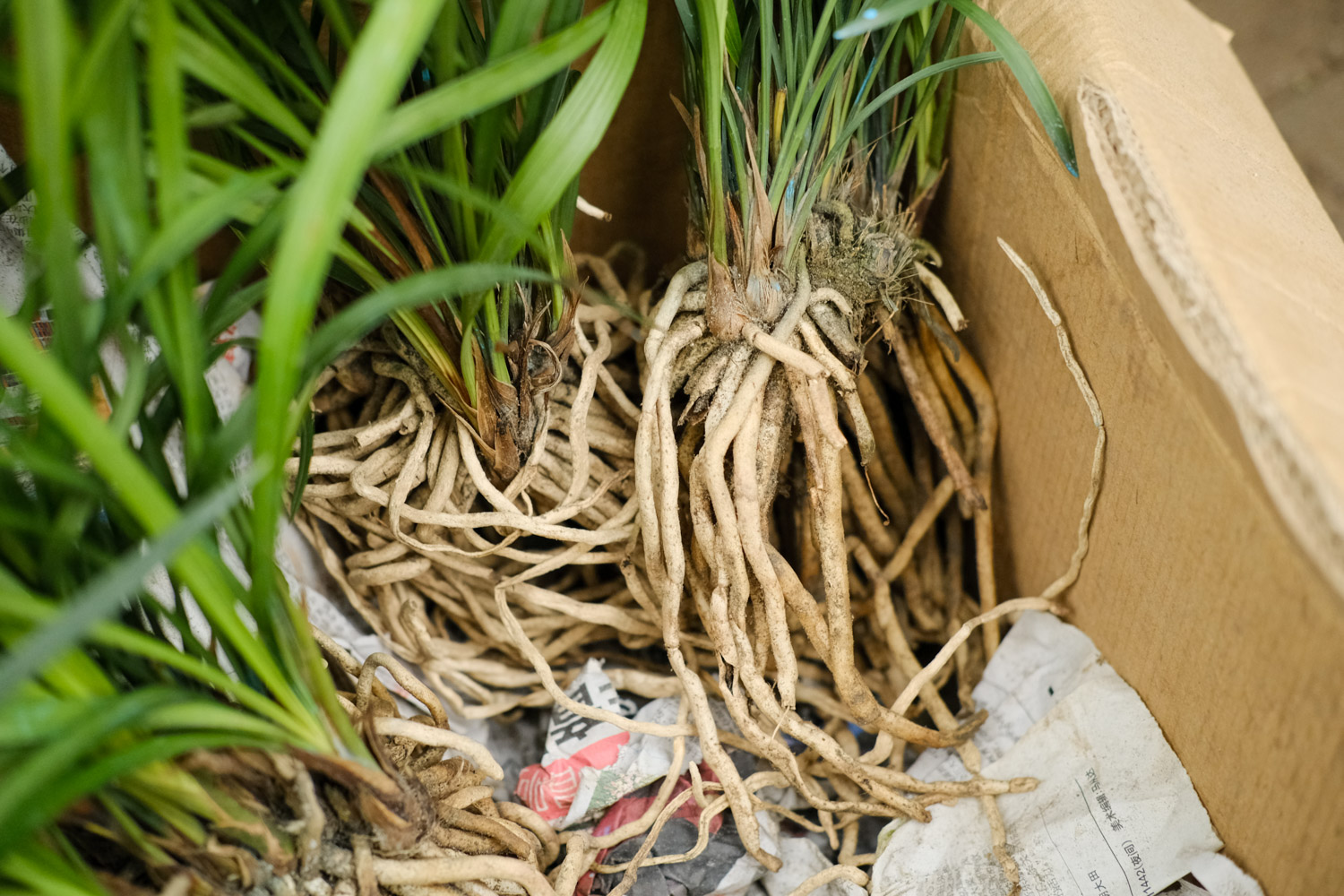
4. Temperature: orchids like to be cool and are afraid of high temperature and severe cold. Therefore, it is necessary to ensure that its growth temperature is within the range of 10-25 degrees. It needs to be moved indoors in winter. If the indoor temperature is between 0-10 degrees, the plant can survive the winter smoothly.
5. Fertilization: orchids have a low demand for fertilizer, so choose thin fertilizer. It's best to apply special fertilizer for orchid instead of organic fertilizer, so as not to cause fertilizer damage.
6. Prune orchids often. Prune some withered branches and leaves and branches and leaves damaged by diseases and pests, which can not only make room for new branches, but also prevent other healthy branches and leaves from being infected with diseases and pests.
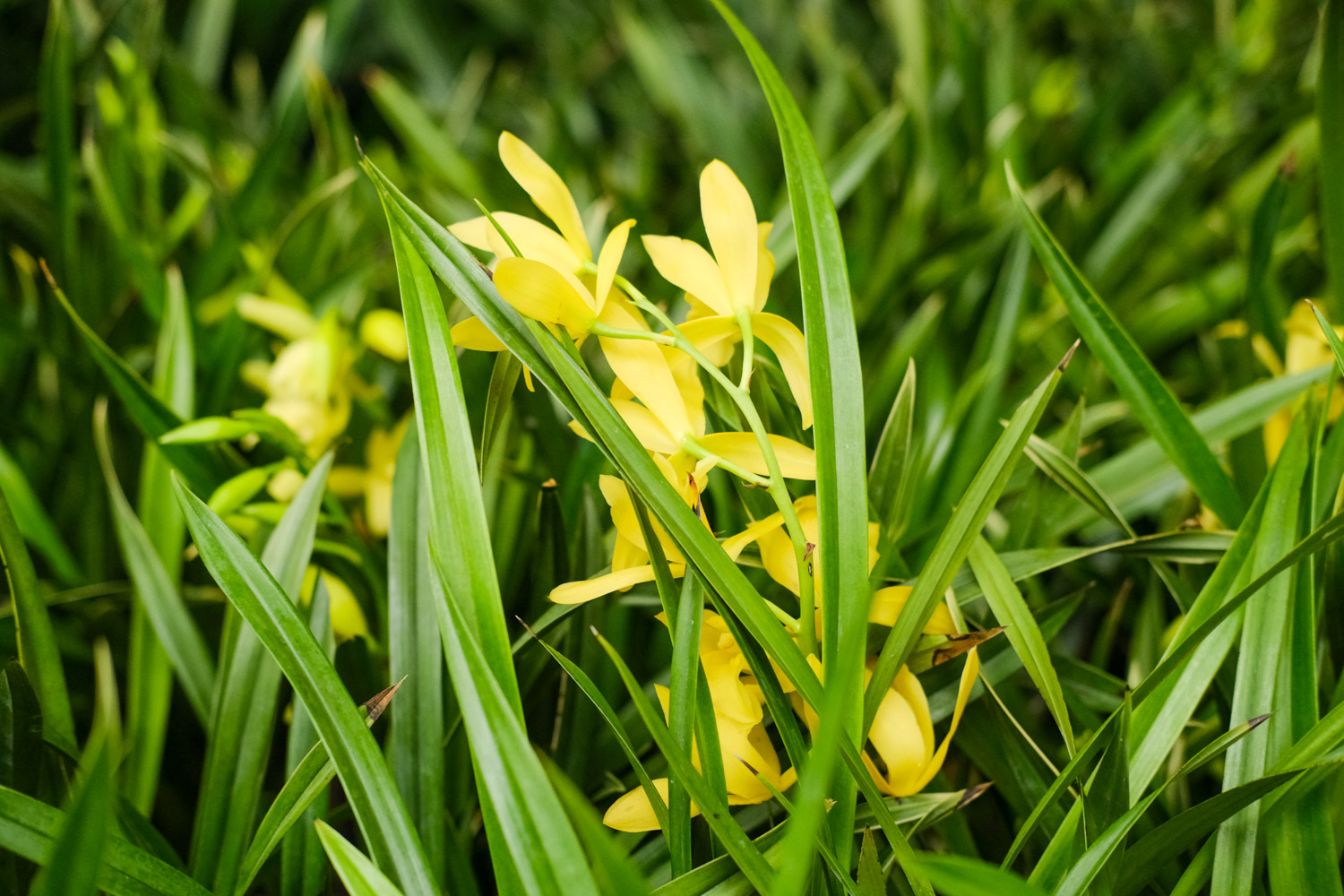

 The efficacy and fun...
The efficacy and fun...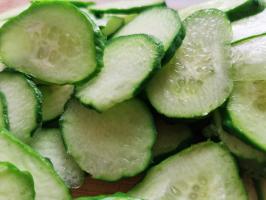 The efficacy and fun...
The efficacy and fun... The benefits of eati...
The benefits of eati...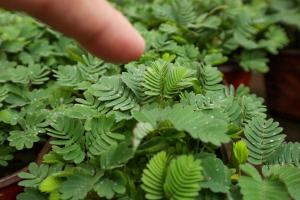 Why is Mimosa called...
Why is Mimosa called... What can't mango be ...
What can't mango be ... The efficacy and fun...
The efficacy and fun...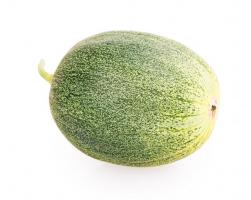 Is watermelon a frui...
Is watermelon a frui...


























